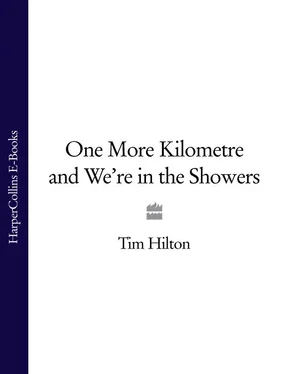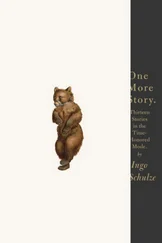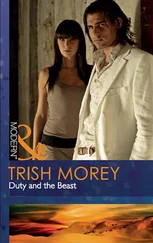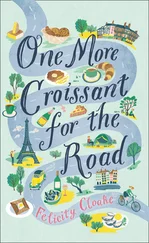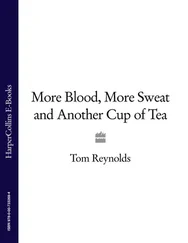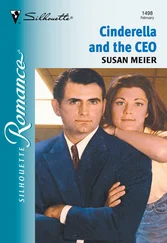Like most long-time lovers of the Tour, I mull over the years in which la grande boucle was won by a specialised climber.
Now follows a list that gives a different slant to the history of the post-war Tour. On page 66 I gave a list of the multiple winners, cyclists with three or more wins. Here are the Tour winners excluding the multiple victors.
1947 Jean Robic, France
1948 Gino Bartali, Italy
1949 Fausto Coppi, Italy
1950 Ferdi Kubler, Switzerland
1951 Hugo Koblet, Switzerland
1952 Fausto Coppi, Italy
1956 Roger Walkowiak, France
1958 Charly Gaul, Luxembourg
1959 Federico Bahamontes, Spain
1960 Gastone Nencini, Italy
1965 Felice Gimondi, Italy
1966 Lucien Aimar, France
1967 Roger Pingeon, France
1968 Jan Janssen, Netherlands
1973 Luis Ocaña, Spain
1975 Bernard Thévenet, France
1976 Lucien van Impe, Belgium
1977 Bernard Thévenet, France
1980 Joop Zoetemelk, Netherlands
1983 Laurent Fignon, France
1984 Laurent Fignon, France
1987 Stephen Roche, Ireland
1988 Pedro Delgado, Spain
1996 Bjarne Riis, Denmark
1997 Jan Ullrich, Germany
1998 Marco Pantani, Italy
Let readers imagine that we are in a cafe, bar or buvette in rural France. It is the late morning of a warm day in mid-July. The television is switched on and it is following the Tour de France from, shall we say, Figeac to Superbesse, a distance of 221 kilometres. The village is quiet and so is the cafe. Fewer than a dozen customers, all male, are sitting with their morning drinks, wine mostly, maybe a Suze, in my case a Ricard, ‘ un peu de soleil dans une bouteille ’, as its inventor, the Marseillais genius Paul Ricard, liked to say.
We have newspapers which give reports of yesterday’s events on the road and a page of the Tour’s General Classification, from the maillot jaune to the lanterne rouge. There are flies on the ceiling. The television grinds on. Nothing much happening in this early part of a transitional stage. Some of the men smoke Gauloises, others Caporals. I am making marks in biro against the Classement général. In an hour or so lunch will be offered, probably hors-d’oeuvre, chicken, fruit, cheese. From my place at a formica table I can see the village priest walking up and down the street. What big black boots in this summer weather. Time for another Ricard. Some children run in and out of the cafe. The television says that there has been a breakaway, not an energetic one, and after 80 kilometres of racing the peloton has come together. The TV commentator talks of the old days.
‘ Messieurs! ’ I might cry to other men in the bar. ‘I am myself a former racing cyclist, from Birmingham near Wolverhampton, of little merit, it is true, but I am a true lover of the vélo. I have with me a list of all the winners in the Tour de France in the last fifty years which excludes every rider who has won the Tour more than three times. Tell me, my friends, tell me this, were not those Tours more interesting, more émouvant , than those in which we saw the repeated triumphs of the greatest champions in the race which has occupied us for all of our lives?’
Try this conversation in a provincial French cafe before lunch and you will still be in fierce or genial debate all afternoon, and until the dinner plates are cleared. This is the way that the Tour is – or used to be – discussed. I wish I had spent more time in such cafes. Perhaps it is not too late. A few months ago I had a café-cognac sur le zinc in a Parisian bar before the next day’s Paris – Roubaix, and the drink was with my son. So there may be a future for us all – though I can never rid myself of hankering for the old days of English poetry about club runs, which I shall now describe.
The first British cyclist to ride the Tour de France was Charlie Holland, a hero from Birmingham. A member of the Midland C & AC, he spent most of his life as a newsagent but had a short professional career before the war. In 1937 (the year Roger Lapébie won) he survived the Tour until its eleventh stage. He could have gone further, but was eliminated as a result of one of Henri Desgrange’s most absurd regulations. The father of the Tour had decreed that riders could not carry more than two spare tubulars. Holland suffered from punctures during the stage between Perpignan and Luchon, so was ruined.
It had been a brave contribution to the Tour. Charlie Holland had never even seen a bigger mountain than Snaefell on the Isle of Man, so the Galibier – the fearsome, snow-capped col that rises above Briançon, the highest town in Europe – was a challenge beyond his experience or imagination. That year the riders had to struggle through thick mud from melted Alpine snow. On his dogged way to the summit of the Galibier Charlie passed Maurice Archambaud, sobbing by the wayside, unable to continue. And Archambaud was a champion, the holder (like Desgrange before him) of the hour record sur piste , an experienced man of the Tour who was willed on by thousands of French fans. Holland had no one at all to support him. As far as the bosses of British cycling were concerned, he might have been riding on the moon.
Charlie Holland’s pioneering ride in 1937 was a high point in British cycling. High, and also remote. Eighteen years would pass before, in 1955, there was again a British presence in the Tour de France. To this day (2003) only fifty-one British cyclists have ridden the Tour and only twenty-one of them have completed the race. This is a modest number. But let us be grateful to the BLRC. If it were not for the League there would have been even fewer British riders on the continent. All of the earlier British riders in the Tour were brought up in the BLRC. Tom Simpson – the dead king of British cycling – was an utterly characteristic Leaguer whose early career was formed by BLRC attitudes.
Why have there not been more British cyclists in the Tour de France? Dozens of our boys had legs for the job. Alas, they were not encouraged by our official bodies. The professional class was weak and big cycle companies like Hercules and Raleigh retreated from sponsorship. We were all absorbed in the domestic sport of time dialling. And always in the background was the innate pastoralism of our cycling culture. This attachment to rural rambles and the gentle pleasures of the countryside is most obviously seen, I think, in cycling poetry.
The Britons who raced on the continent are a different breed from those who wrote poetry after riding their bikes in the English countryside, but there is some common ground. The racing men and the poets understand each other, for they come from the same background in British cycling club life.
Poetry!? By racing cyclists!? Yes, though mainly by recreational cyclists. Hundreds of people, maybe thousands, have become poets with no other reason for writing poetry, or writing at all, than their devotion to the bicycle. On my shelves is a collection of their verses. It is a small anthology in proportion to the huge total number of cycling poems written since the 1890s. The tradition continues and flourishes, not quite in secret but in privacy, for the poems are published in club magazines and nowhere else.
The themes of cycling poetry are quietly stated and the verse is not obscure. Cycling poets write in conventional ways. They describe the weather and the alternation of the seasons, matters that everyone can understand. Time dialling is a common subject. Our poets are also inclined to discuss age and death, for the further ends of life are a cycling preoccupation. Yet they don’t treat death as a drama. Oddly enough, I have never come across a poem about the death of Tom Simpson. Perhaps they don’t get published. I wouldn’t be surprised if Simpson poems exist or once existed. They would be sealed in a feeding bottle and then buried under the stones at the horrible monument on Mont Ventoux. People take anything to this shrine.
Читать дальше
